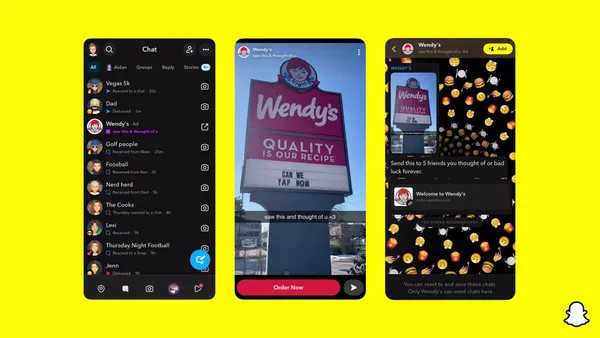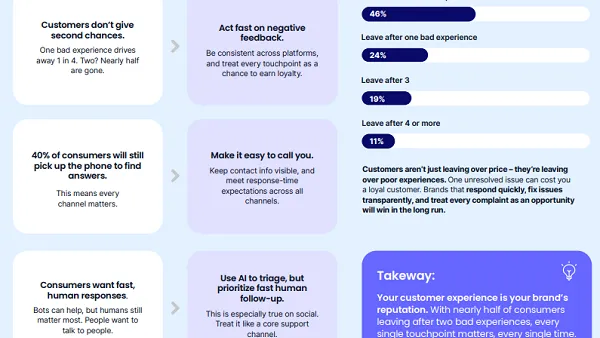Brief:
- IAB Technology Laboratory certified 17 companies for correctly using its Open Measurement Software Development Kit (OM SDK) to track mobile in-app advertising. The OM SDK is a set of software tools designed to facilitate third-party viewability and verification measurement for ads served in mobile app environments and is being deployed among hundreds of thousands of apps with a combined global reach of about 2 billion devices, according to an announcement.
- Flipboard, Gameloft, GetDabbl, Google, inmarket, InMobi, intowow, Pandora and Tapjoy are the first certified companies in the United States. IAB Tech Lab also certified BuzzSDK, Display.io, Madvertise and Teads.tv in Europe; Pokkt and Verse.in in India; Bytedance in China and Mezzomedia’s Signal-Play and Manplus platforms in Korea.
- "The Open Measurement SDK gives our advertising partners an unprecedented level of transparency and measurement by enabling the independent, third-party reporting of their choice. Currently, around 75% of our inventory is OM-enabled and measurement is no longer the inhibitor it once was," said Paul Longhenry, Senior Vice President of Strategy, Corporate, and Business Development, Tapjoy, in the statement.
Insight:
IAB Tech Lab has worked to remove barriers to growth in the growing market for mobile in-app advertising. That effort includes the development of the OM SDK and certification program to give brands and marketers greater assurance that mobile users are actually seeing in-app ads. About three-fourths (77%) of brands have asked their media agencies to buy in-app ad placements due to their favorable metrics, according to a Sapio Research survey commissioned by Fyber. In-app ads can improve campaign ROI by an average of 41%, the survey found.
The IAB’s tools, which officially launched in April, have been in limited release since October 2017 and aim to eliminate the use of different SDKs by app publishers and ad verification vendors. They could enable brands to more accurately assess ROI and determine what is and isn't working, possibly leading to increased ad spending. Already representing more than half of mobile ad spend, in-app ad spend grew at a rate of 21% year-over-year, according to data from PubMatic reported by Media Post.
In-app ads likely will become a more important source of revenue for app developers. Revenue from app marketing has surged 80% since 2016, but developers still face challenges in boosting user loyalty, retention and profitability, a separate study from measurement platform AppsFlyer suggested.
Along with ad viewability issues, ad fraud also is a significant problem for brands and marketers in the in-app market. Mobile in-app ad fraud surged 800% in 2018 from the prior year, according to a study by measurement firm DoubleVerify. App spoofing, hidden ads and mobile hijacked devices fraudulently divert ad spending, the company said.














